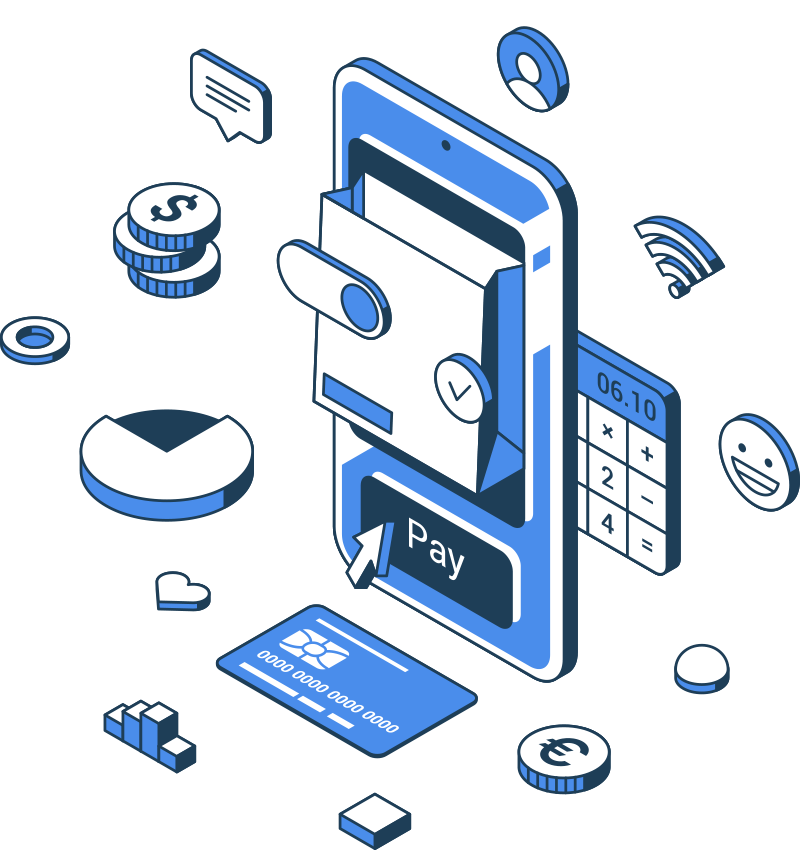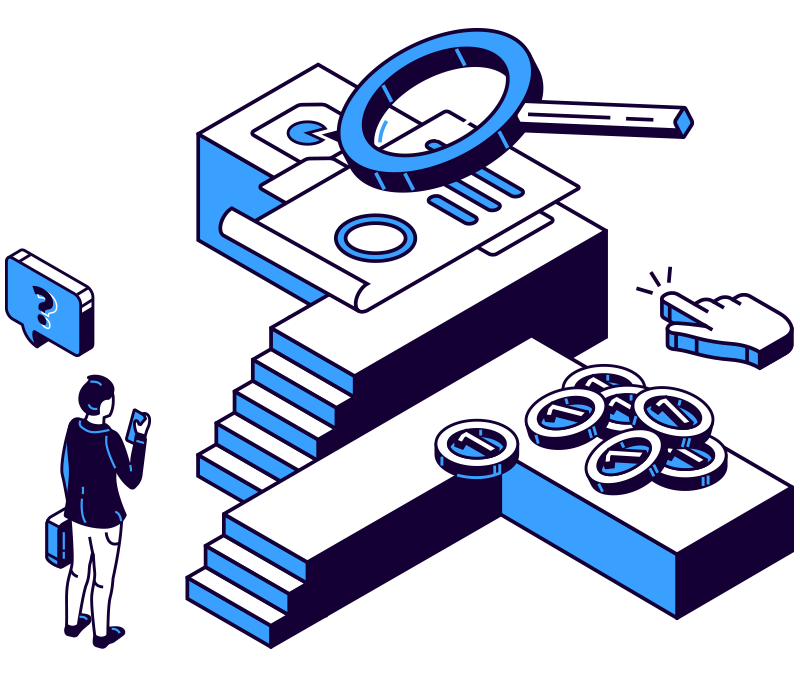Thank you for taking our Facebook Attribution Assessment. Keep reading to find out the result for each area:


Facebook can be like some sleazy manager, taking credit for other people’s work.
You said you use both Facebook and other platforms, so you have two or more competing attribution systems.
Seeing high conversion stats on every platform is great, but you won’t be able to tell how many conversions are being attributed twice.
Facebook likes to act like they are the only type of marketing that matters.
If a customer discovered you via a search ad, scrolled past your Facebook ad, then purchased after clicking a YouTube ad…Facebook will count it in their report.
You will need to take Facebook’s conversion figures with a large pinch of salt, and assume that the figures are over-optimistic at best.


Facebook will tell you it attracted a customer, pat itself on the back for a job well done, then walk away.
Which is fine, but knowing about single purchases isn’t enough.
To really create a flourishing business you need long-term customers, the big spenders who make repeat purchases or stick with their subscription.
Facebook let’s you assume that all your customers are equally likely to become long term buyers, but that’s not the case.
The LTV can vary across campaigns, with some ads, products or lead magnets proving more likely to bring in big spenders. But unfortunately, Facebook gives you no way of knowing which of your campaigns were responsible for more than just an immediate purchase.
So while it’s tempting to only think about things like post-purchase emails affecting retention, don’t forget that there is hidden variation in LTV across your campaigns and traffic sources.

Track leads through all your nurture sequences, even months later
SegMetrics can tie every customer’s purchase history back to the ad they clicked on.
That means you can see the total revenue from your ad spend, not just whether they submitted their email address.
You will finally be able to optimize your ads in terms of revenue, even details like attracting people who buy the upsell or maintain their subscription.

We added SegMetrics to see if it could find answers to questions a client’s had for over a year and that couldn’t be put off any longer. It could, and did so within about 30 seconds.
— Michelle Warner — Strategy Consultant
When SegMetrics says you had 80 conversions, you can see 80 actual customers. You can then click into any entry to see their customer history, complete with every touchpoint and purchase.
By building the date around people, not website sessions, it becomes impossible to double count a sale.
Find your most profitable lead sources, scale what works and kill what doesn’t.